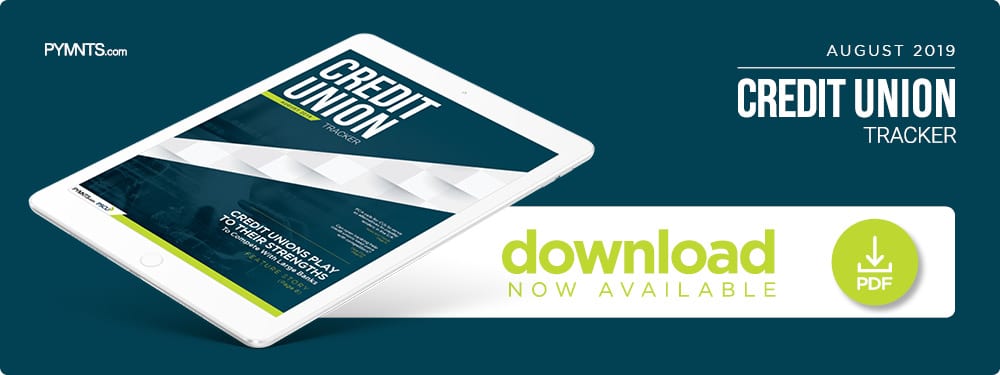Members do see room for improvement, however, with 42.4 percent wanting their CUs to invest more in security and 19.5 percent desiring instant payments innovations. One solution that accomplishes both of these tasks is open banking, which satisfies members’ desires for advances and places CUs on more competitive footing with larger banks and FinTechs.
What is Open Banking?
Open banking allows retailers, CUs and members to share financial information in a quick, easy and secure manner across a network of platforms. One widespread example of open banking is direct deposits from a company’s bank account to an employee’s checking account, a service that was once only the domain of large banks but is now available at nearly every financial institution (FI) in the world.
Open banking is typically achieved via application programming interfaces (APIs) that allow third-party developers to create tools based on the specific services and information FIs offer, ensuring they are compatible with other banks’ procedures. This helps FIs communicate with each other and makes it easier for them to comply with transparency regulations while providing their customers with more control over their data.
How Does Open Banking Help Credit Unions?
Advertisement: Scroll to Continue
The benefits of open banking are legion, the most obvious being the speed of payments between FIs. Payments providers can use the FIs’ APIs to integrate all of their payments onto a single interface rather than navigating between two. Security practices could also be greatly improved in open banking systems. Many third-party applications rely on risky practices like data scraping, which records users’ login credentials and then uses those details to access customers’ FIs and examine their financial information. These details need to be unencrypted for third parties to use them, meaning they are at a constant risk of theft. Open banking APIs, however, allow customers to temporarily grant third parties access to their accounts without handing over their credentials.
The sharing of customer information through open banking will allow CUs to more accurately understand each customer’s individual needs. Aggregating financial data from a smorgasbord of FIs enables CUs to create customer profiles and forecast the services they will likely use. Member onboarding could also be accelerated, as members will no longer need to provide authentication to each of their FIs.
It is no wonder that open banking, with its myriad benefits, is popular among bank customers and CU members. A recent study found that 61 percent of consumers are willing to allow open access to their financial information in exchange for easier banking.
How is Open Banking Being Implemented?
Open banking initiatives have become more widespread among FIs, with 77 percent of U.S. banks planning to invest in such offerings this year. Ismail Chaib, chief operating officer of the Open Bank Project, stated that the U.S. is largely behind the times when it comes to open banking as more than 48 world governments are already making regulatory pushes for these initiatives, including those of Australia, Brazil, Mexico and Nigeria.
One particularly large push comes from the European Union, where the revised Payment Services Directive (PSD2) requires all of the region’s banks to provide each other access to transaction data and account information. PSD2 does not explicitly mandate that FIs use APIs to accomplish open banking, but there are several in the works, including the Open Bank Project’s PSD2 Suite.
The U.S. is working to catch up, however, with several players in the banking industry, including a number of CUs, joining forces to create an API standard for all members of Nacha, the electronic payments association, which administers the Automated Clearing House (ACH) network. The group launched an online community for financial stakeholders and developers to access and test the APIs last year.
Digital payments provider Payveris recently announced a collaboration with VyStar Credit Union to develop an open banking-focused credit union service organization (CUSO). The partnership will further open banking by leveraging the former’s open API cloud-based MoveMoney platform, which accelerates payments via data aggregation and AI. The platform is currently used by more than 180 CUs, many of which have expressed interest in joining the CUSO.
Open banking can help CUs in several key areas, but they still face immense pressure in the financial space, both from established banks and FinTech startups. Further innovations in addition to open banking will be necessary if CUs want to continue pushing back against their rivals.

 The market share of credit unions is only a fraction of their larger bank counterparts, but they tend to inspire a greater sense of loyalty among customers. Data from PYMNTS’ Credit Union Innovation Index found that 60.8 percent of members would not leave their credit unions (CUs) for different financial institutions that offered the same services.
The market share of credit unions is only a fraction of their larger bank counterparts, but they tend to inspire a greater sense of loyalty among customers. Data from PYMNTS’ Credit Union Innovation Index found that 60.8 percent of members would not leave their credit unions (CUs) for different financial institutions that offered the same services.


